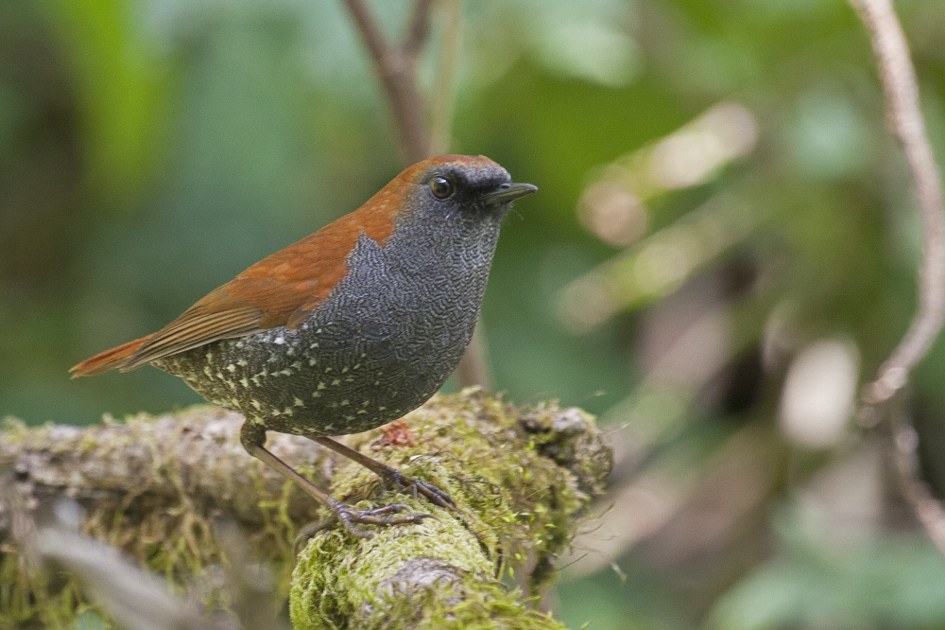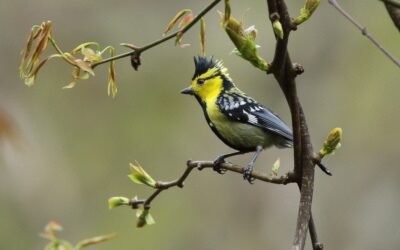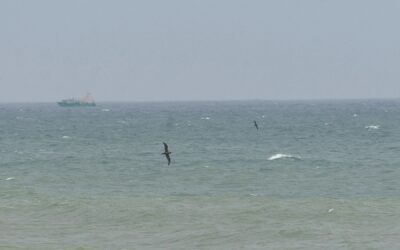Last week, more than one lakh images of Indian birds from Oriental Bird Images (OBI) were migrated to Macaulay Library (ML) and eBird.
OBI contributors who had agreed for this transfer can start browsing your collection now by going to the OBI landing page. Your OBI images will feature as a new collection inside Macaulay Library and hence is as good as an old site with a new user interface! You can also see all of your photographs both from your profile page and by clicking on “Search” from any ML page, then clicking on “My Media” to the right of the search field. You can contribute more and your photographs will get featured in popular tool-kits like Merlin & Birds of the World (see here to know more)
If you’re new to eBird and the Macaulay Library, eBird has a number of tools to help get you started. One good starting place is the help center.
- Learn more about adding media
- Generous file size limit (10 MB), which means you are encouraged to add your full-resolution images
- Learn about photo guidelines
- Your media remains yours, copyright to you, whether or not you put a watermark on it. However, watermarks are strongly discouraged, in part because they impede the few allowable uses of your media
- Learn all about eBird. If you’re looking for a great, in-depth introduction to eBird, the free eBird Essentials course is highly recommended.
Your photographs have been assigned to geographically precise coordinates and birding hotspots. At the same time, this was a challenging process, and sometimes precise assignment proved impossible (some observations were left at the level of the country, state, or province). Errors and imprecision are inevitable, and the eBird team asks for your patience and help in fixing these. If one of your observations appears at a coarse geographic scale, please do go ahead and fix the location by refining it as precisely as you are able to. Having your media transferred to ML means that your observations are now first automatically filtered according to region-specific expectations. These expectations are based on reviewer-curated filters that determine the numbers of individuals of each species that might be encountered on the average birding during different times of the year. If an observation is outside of expectations for that location and time of year, it will automatically trigger a review by expert volunteer reviewers. These reviewers will contact you if any observation needs your attention or additional input from you before it is confirmed in the system.
The taxonomy used by OBI differs from the eBird/Clements taxonomy. Your records have been converted to eBird/Clements taxonomy, but please be alert for cases where errors may persist or where there has been an error in conversion. Like issues with locality information, if you see a problem, please go ahead and correct the mistake. And, if contacted by a reviewer, please work with them to correct the issue. It is through the hard work of these volunteer reviewers that the eBird/ML system is able to maintain such a high standard of data quality.
Bird Count India welcomes all participants of OBI who created their Cornell ID for transferring their photos from OBI to Macaulay Library at the Cornell University Lab of Ornithology. For existing users, you now have all your media in one place. A few dozen people worked with us diligently to map the OBI locations and contact OBI users to ensure their images are archived for posterity – we thank them all. A note of appreciation for Krys Kazmierczak, for having curated OBI for 19 years and for taking the bold decision to migrate the database to a permanent home.
We’re really excited to have you onboard! For any queries on OBI images or checklists or locations pertaining to India, please reach out to us at skimmer@birdcount.in
For more general queries on Macaulay Library, please contact Jay McGowan and Eliot Miller of the ML/eBird team (Email: MacaulayLibrary@birds.cornell.edu)
Header Image: Gould’s Shortwing Brachypteryx stellata by Sachin Rai/ ML/ OBI




